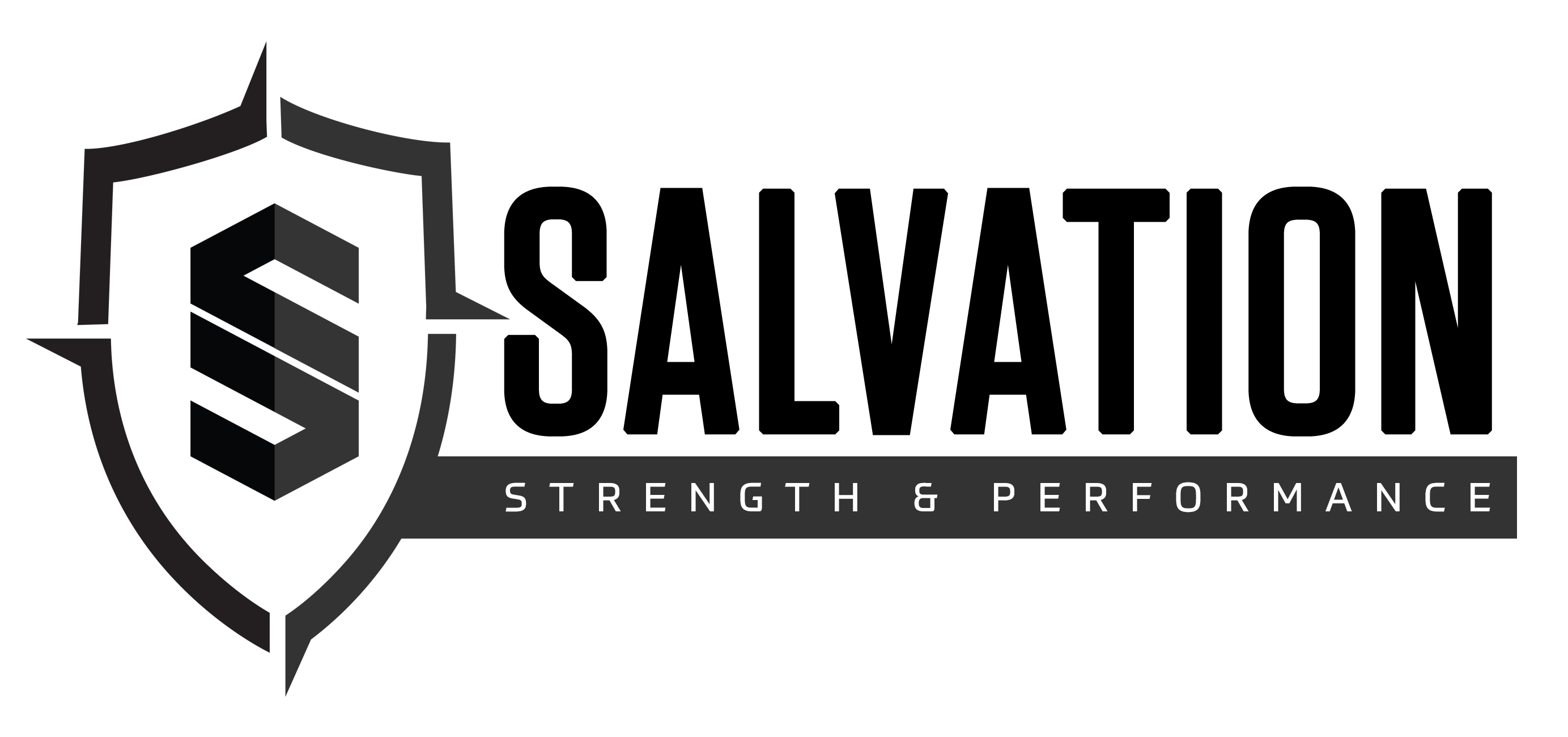Hello Everyone, Coach Amanda here this week to discuss our lower back and hip health!
In the gym, our low back and hips (together known as the lumbopelvic hip complex) are prevalent in almost every exercise we do and work together to deliver a blend of stability and mobility. The main function of our lumbopelvic hip complex is to transfer and support the loads imposed on our body through almost every movement. This includes not only the weights we are utilizing during exercises but also the load generated by gravity while standing, walking, and sitting. That is why it should come as no surprise that as of June 2023, the World Health Organization, recognized low back and hip pain as one of the leading musculoskeletal conditions to cause disability.
In the following sections, I will go over different exercises that utilize a mobilization, activation, and integration technique to optimize the movement of your lower back and hips with the hopes of mitigating injury, preventing compensations during movement, and educating you on the importance of our lumbopelvic hip complex in activities of daily living.
Mobilization
During the mobilization phase, we will focus on self-myofascial release and mobility exercises that allow us to learn how to separate our hip movements from our lower back movements. The ability to separate one joint movement from another is important when you are performing an exercise, assessing mobility, or trying to identify where pain or discomfort might be coming from. Another objective of the mobilization phase is to improve the efficiency and quality of movement as well as find any movement limitations that might be hindering activities of daily living or a certain exercise.
1. Foam Rolling The Quads


1. Lie face down in a forearm-supported plank position with a foam roller under one of your thighs
2. Roll from the top of your quad (starting at the hip) to just above your knee. If you find any particularly sore spots, apply pressure with the foam roller and utilize active stretching by bending your knee and raising your ankle towards your glutes ( see above) 3-5 times over each sore spot
3. Rotate the leg slowly as you roll up and down the leg to get the full surface area of the quad
4. Complete 60 seconds on each leg
2. Banded Hamstring Stretch (Active)


1. Lie down on your back and put the band around your foot with your toes pointed up
2. Raise the leg with the band around while keeping it straight to the point of discomfort (NOT PAIN). Keep it in this position for 5 seconds before lowering it back fully to the ground
3. Repeat 5 times on each leg, with the objective of pulling the leg further each time.
3. Scorpions


1. Lie face down with your legs fully extended and your arms stretched out to the shape of a T
2. Lift one of your legs from the ground and bend your knee to a 90-degree angle. Reach your left foot across your right leg and try to touch the ground outside your right leg with your toes
3. Make sure that the only thing rotating as you move are your hips and lower back. Your chest and shoulders should stay in place
4. 90/90 Stretch (Active)


1. Begin in an upright position with your feet flat and knees pointed up
2. Rotate both knees to the floor. As you begin switching to the other side, imagine your heels being nailed to the ground as you open up your hips and rotate the knees to the other side
3. For extra activation, try going up on your knees as your knees reach the floor
5. Frog Stretch with Active Hip Internal Rotation


1. You will be in a wide tabletop position with knees out wide with the knee and ankle staying parallel to one another
2. You will sit back as far as comfortable getting into the stretch and try to lift one of your feet up to activate internal rotation. You don’t want your hips to move at all during this activation!
Activation (Coordination)
Activation refers to the stimulation of underactive/lengthened myofascial tissue (Clark et al., 2014). Our focus here is the coordination of the lower back and hip muscles by focusing on anti-extension. Another objective of our activation phase is to increase neural and motor recruitment to prepare us for “trickier” exercises that challenge our sense of control.
1. Mcgill Curl-Up


1. Lie on your back with one knee straight and the other bent
2. Lift your head slightly off the ground and hold that position for 10 seconds without any movement in your low back
2. Side Plank


1. Lie on your side with your legs straight and your upper body is supported through your elbow
2. Raise your hips so that only your heels and arm support your body weight
3. Bird-Dogs


1. Get down on all fours (quadruped position)
2. Without allowing any movement from your lower back, kick one leg backward while simultaneously raising the opposite arm until both are completely straight
4. Cook Hip Lift


1. Lie down on your back with knees bent and feet flat on the floor. Bring one knee to your chest and push through the ground as you lift your hips up
Integration (Strengthen)
Integration is where we begin to develop proper coordination and patterns under loaded exercises as well as utilizing our lumbopelvic hip combo during specific exercises or patterns (i.e. hip extension in lunges). For the lower back and hips, we aim to choose exercises that will allow loads and positioning without compensation or too much reliance on the lower back.
1. Single-Arm KB Front Squat


1. Hold the kettlebell with your forearm as vertically as possible and your wrist straight
2. Squat as low as you can while keeping your head, spine and pelvis aligned
3. Come back up, extending your hips and knees
2. B-Stance RDL
(My other picture did not save properly)
1. Hold a dumbbell or kettlebell in each hand and stand with your feet about hip-width apart. Brace your core and pull your shoulders back and down. Bend your knees slightly for balance and greater stability
2. Take a small step back with one leg and, with your knee slightly bent, place the ball of your foot just behind your heel
3. Hinging from the hips, push your butt backward, lean forward, and lower the dumbbells down the front of your leg
3. Farmer’s Carry


1. Hold a dumbbell in each hand engage the core, step forward, and begin walking. Keep your head up and shoulders back
4. Landmine Hack Squat


1. Facing away from the bar, place the other end on one of your shoulders
-Inhale and brace your core lightly. Squat down as deep as possible with good technique
2. With control, stop and reverse the movement, extending your hips and legs again until you are standing up
Please note, that there are so many exercises that can be done for our low back and hips, even at home or the office! I can’t emphasize enough how important it is to mobilize our lower back and hips throughout the day as they are often left in a shortened position as we sit at work, at home, and in our cars. It can be as simple as doing 5 squats every time you stand up to retrieve an object.
Please don’t hesitate to reach out to any of the coaches about the above exercises or any modifications to help strengthen and stabilize our lower back and mobilize our hips!


